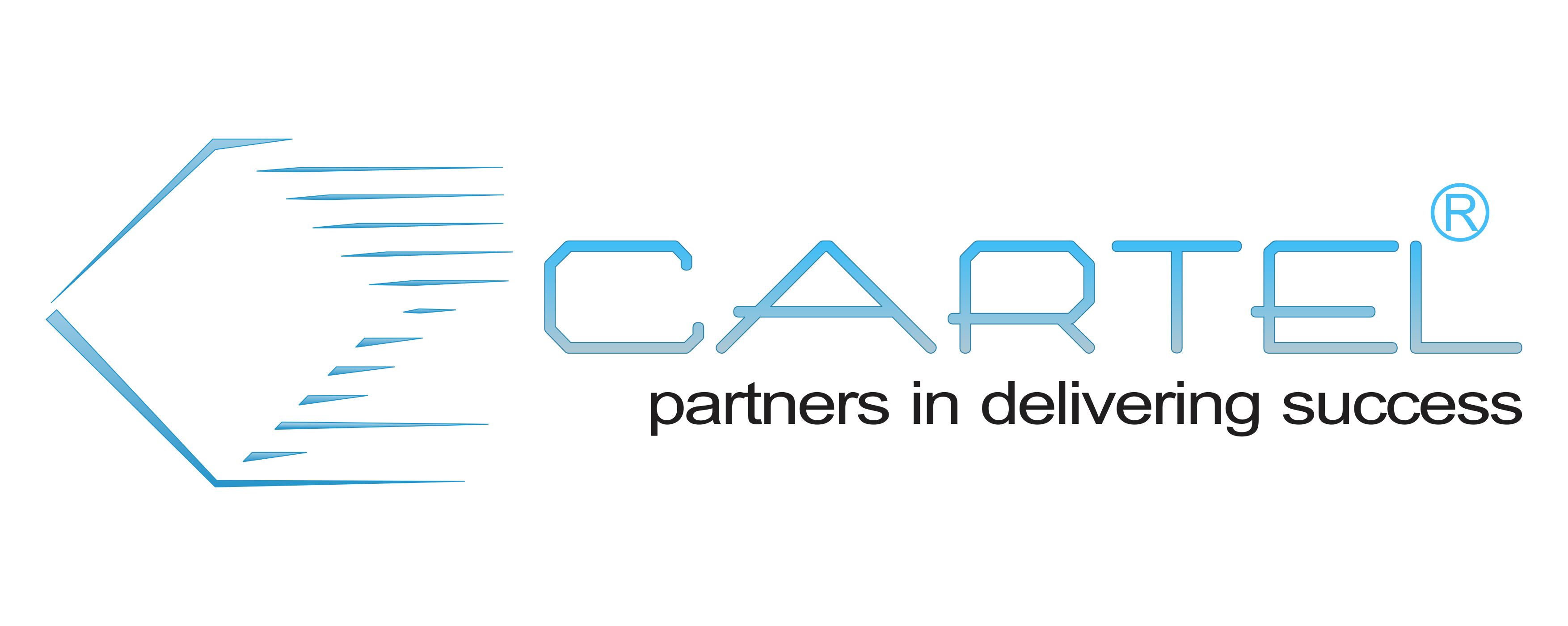vRealize Operations Manager: Install, Configure, Manage
Overview
– Navigate the vRealize Operations Manager user interface
– Use alerts and analysis badges to troubleshoot common and complex vSphere operational issues
– Monitor capacity risk and infrastructure utilization
– Perform capacity planning and what-if analyses
– Configure policies to meet the operational needs of the environment
– Customize vRealize Operations Manager by creating alert definitions, symptom definitions, views, reports, dashboards, and super metrics
– Give users and user groups controlled access to the environment
– Extend the capabilities of vRealize Operations Manager by adding management packs and solutions
– Scale a vRealize Operations Manager deployment and make it highly available
– Install and configure vRealize Operations Manager
– Monitor and maintain a vRealize Operations Manager deployment
Course Details
Course Introduction
– Introductions and course logistics
– Course objectives
Introduction to vRealize Operations Manager
– Describe how vRealize Operations Manager is used to manage the software-defined data center
– Describe the features and benefits of vRealize Operations Manager
vRealize Operations Manager User Interface
– Navigate the main areas of the user interface
– Explain the importance of inventory trees
– View widgets and dashboards on the Home page
– View inventory trees and objects on the Environment page
vRealize Operations Manager Concepts
– Use views to gather information about the environment
– Create reports about the environment
– Explain how data is collected and analyzed by vRealize Operations Manager
– Discuss the importance of alerts, symptoms, and badges
Troubleshooting System Health Issues
– Discuss the process for troubleshooting system health issues with vRealize Operations Manager
– Monitor alerts and troubleshoot system health issues
– Use heat maps to monitor system health
Capacity Planning
– Discuss capacity planning models
– Assess capacity risk in the environment
– Troubleshoot risk and efficiency issues
– Identify ways to optimize resource utilization in the environment
– Use projects to perform what-if scenarios
Tags, Applications, and Object Groups
– Use tags and applications to group objects
– Create custom object groups in the environment
Policies
– List guidelines for customizing vRealize Operations Manager content
– Create policies for different types of workloads
– Explain how policy inheritance works
Custom Alert Definitions
– Create symptom definitions
– Create recommendations and use actions
– Create notifications
– Create alert definitions
Custom Views
– Describe the different types of views
– Create views
Custom Dashboards
– Create custom dashboards
– Configure widgets and widget interactions
– Configure dashboard navigation
– Manage dashboards
Super Metrics
– Create super metrics
– Enable super metrics in policies
User Access Control
– Create local users and user groups
– Assign roles to local users and user groups
– Import users and user groups from an LDAP source
Management Packs
– Describe management packs that are available to the environment
– Install and configure a management pack
Architecture, Scalability, and Availability
– Describe the components of a vRealize Operations Manager node
– Describe the different roles in a vRealize Operations Manager cluster
– Explain how a node’s components interact to achieve scalability and availability
Deploying vRealize Operations Manager
– Determine how to size a vRealize Operations Manager cluster
– Install and configure a vRealize Operations Manager cluster
– Monitor and manage a vRealize Operations Manager cluster
[/showhide]
Prerequisites
VMware vSphere: Install, Configure, Manage
VMware vSphere: Optimize and Scale
